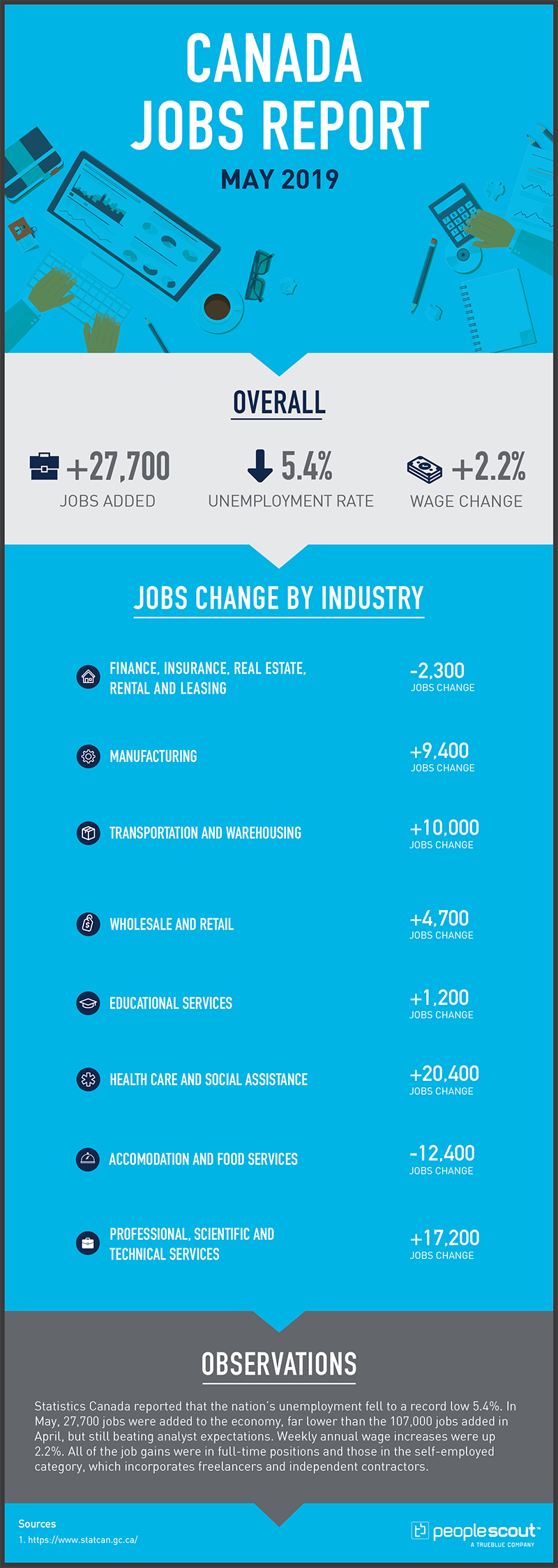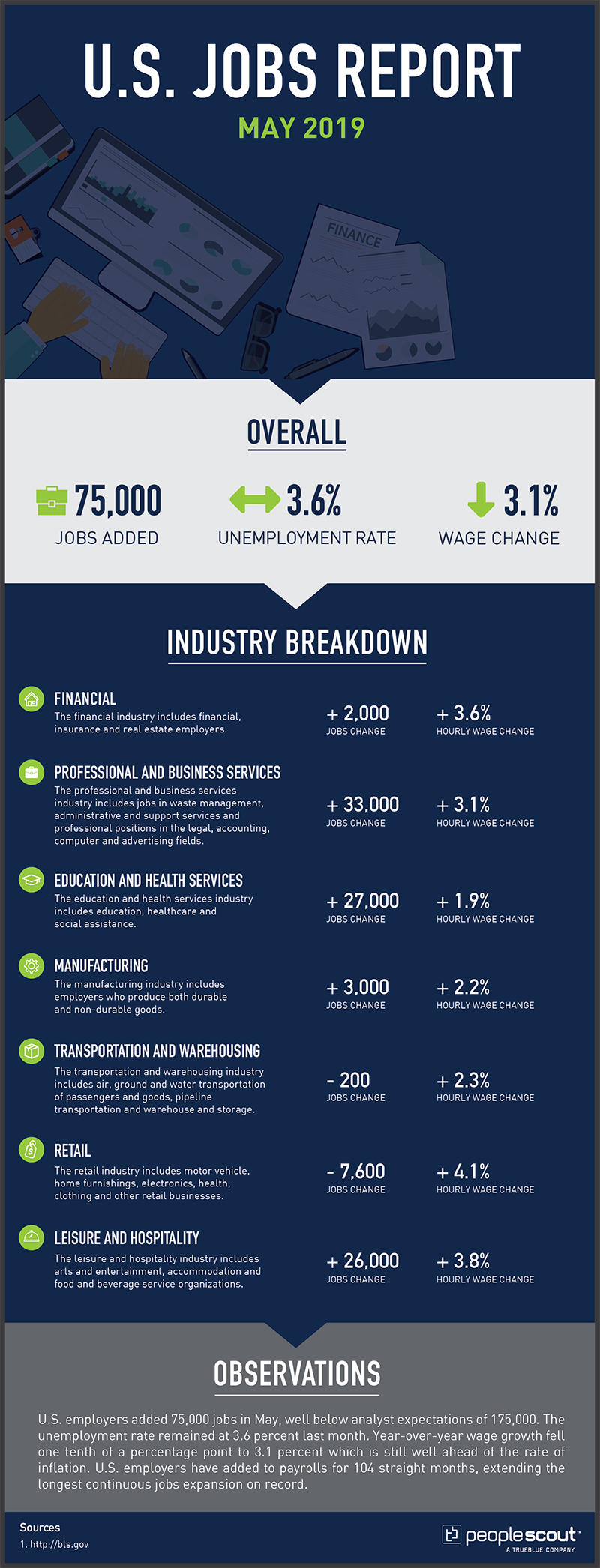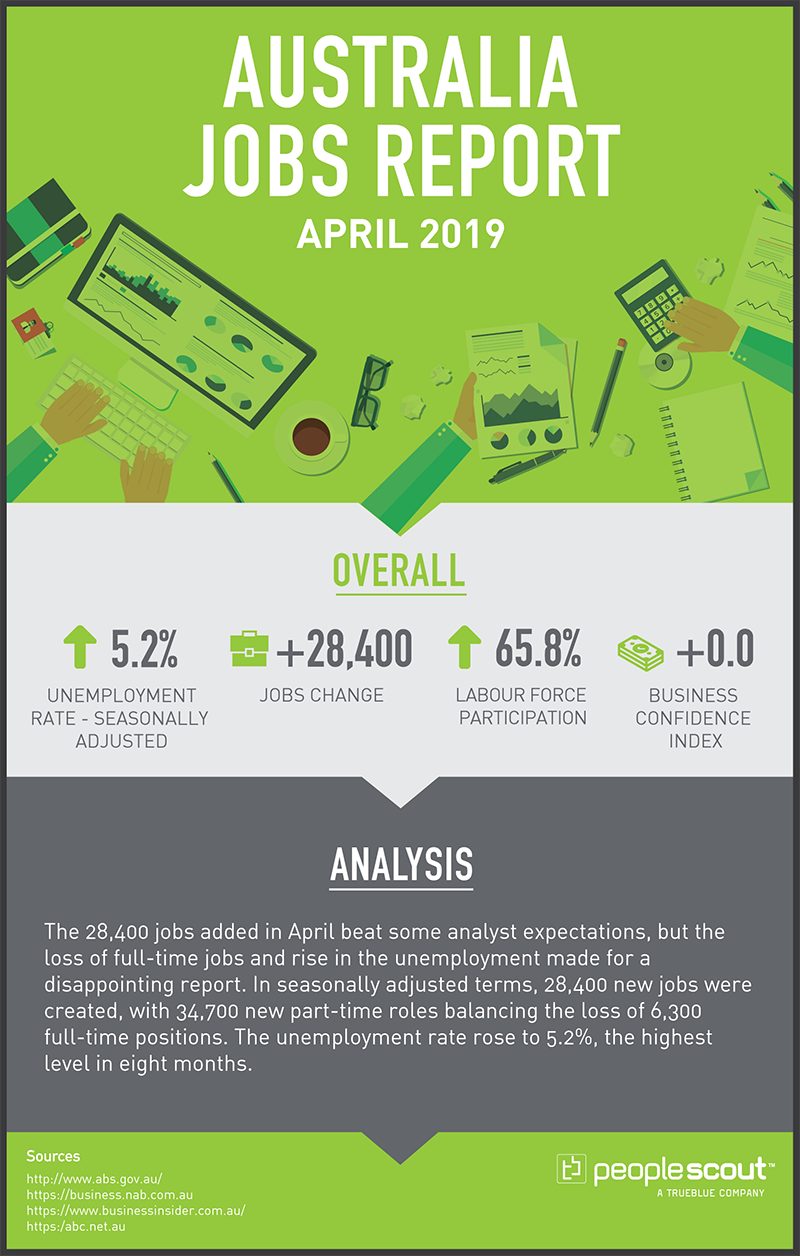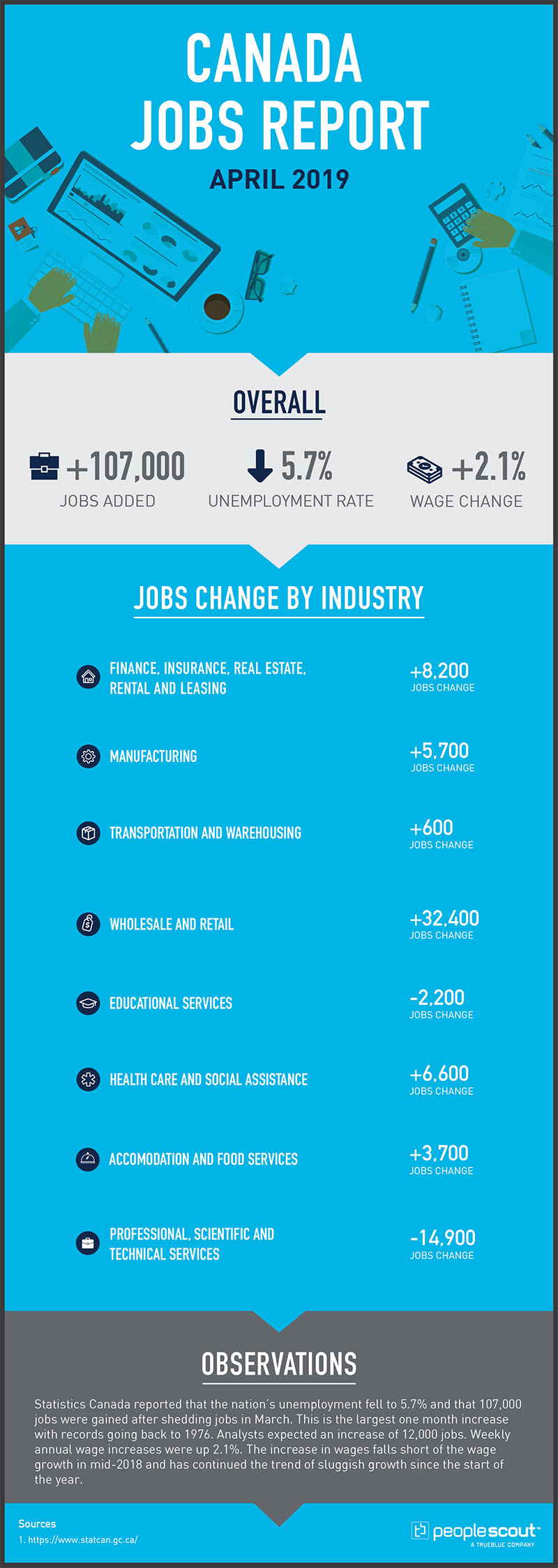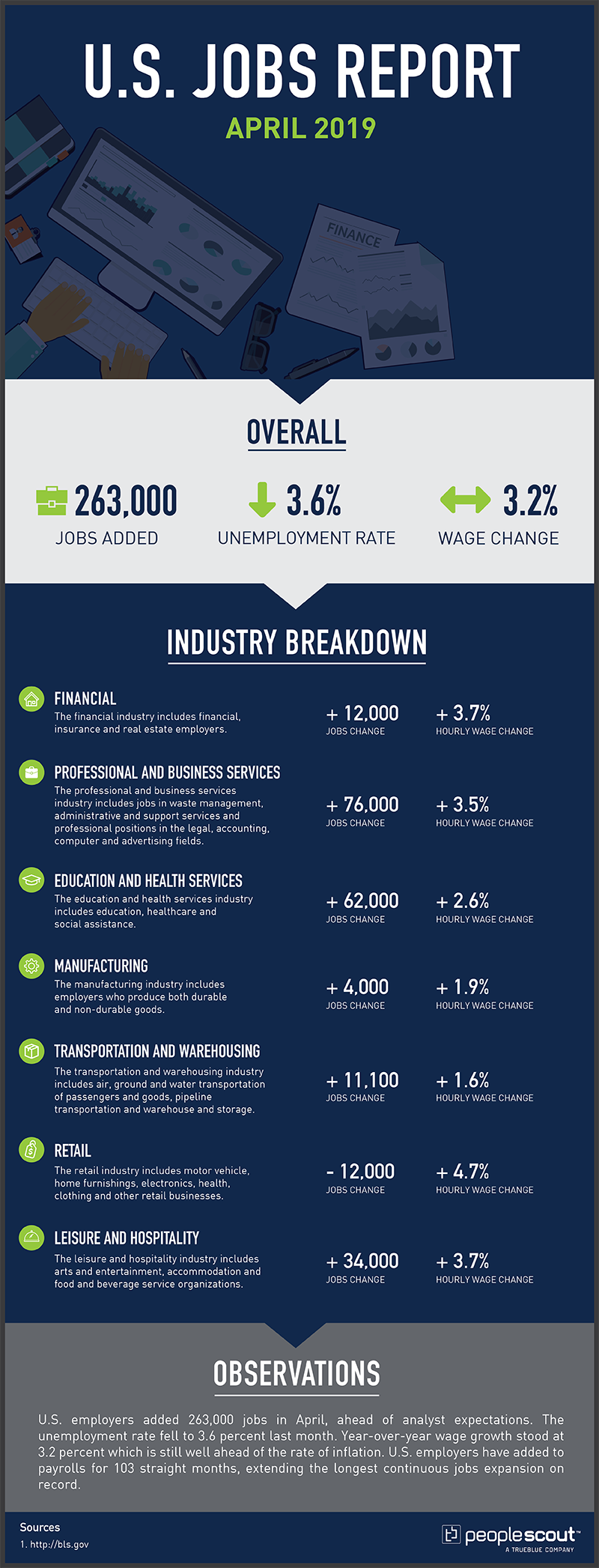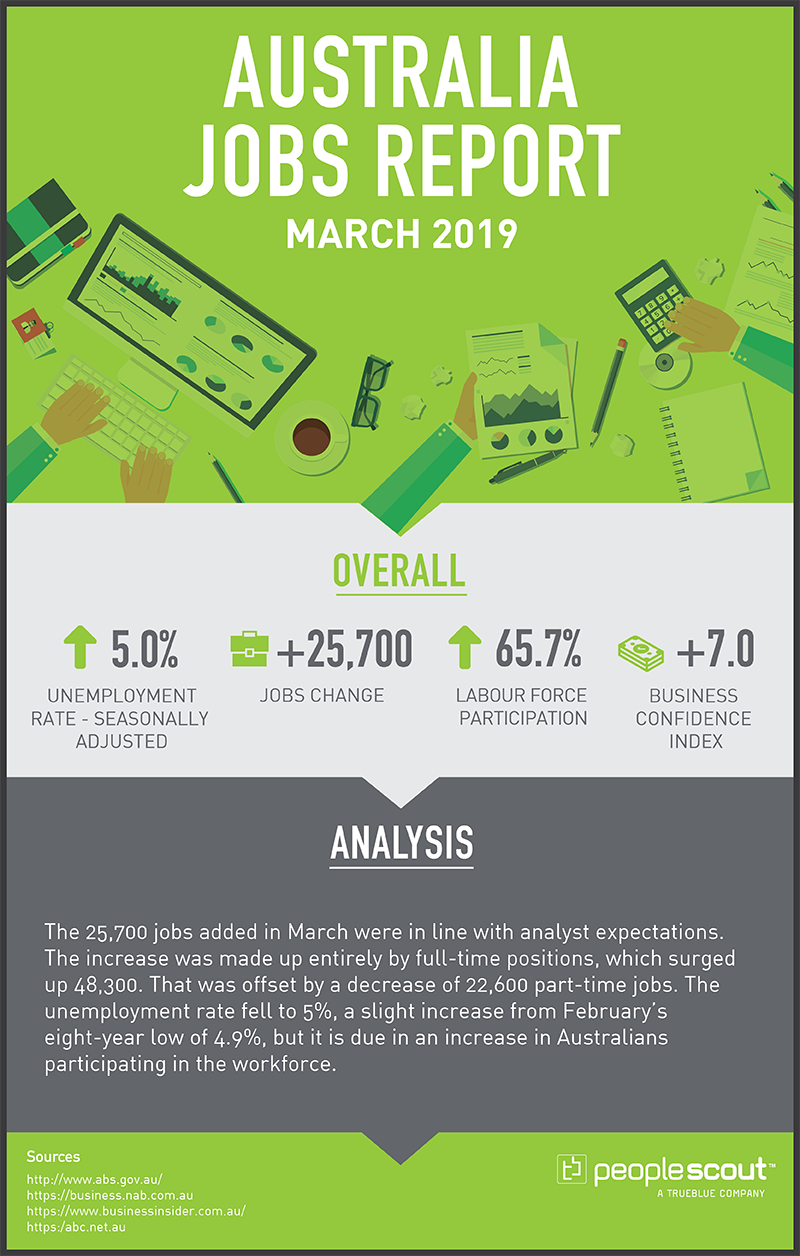A Managed Service Provider (MSP) is a contingent workforce management solution implemented by an external organization. An MSP combines process, personal expertise and technology to support an organization’s gig, temporary, temp-to-hire, direct hire, independent contractor administration, Statement of Work (SOW) hiring and other complex services such as vendor management.
There is a spectrum of organizations seeking MSP staffing services – some are looking for the first time, others have mature programs focused on driving continuous improvements and others that are transitioning into a Total Workforce Solution.
When an organization partners with an MSP provider to outsource its contingent staffing and SOW management, the MSP provider assumes all or portions of an organization’s procurement or HR functions, managing the contingent staffing lifecycle from requisition through invoicing and payment. They are often HR Generalists between the Supplier community who employ the workers and the Hiring Managers working within a client’s organization. In addition, they are often workforce consultants who provide insights into the ever-changing talent landscape and workforce needs of a client.
An MSP provider works alongside a client’s internal HR and Procurement teams and can perform its duties remotely and onsite at a client’s facility. Below, we highlight a few reasons why organizations seek MSP providers, and conversely, when MSP may not be a good fit:
Reasons to engage an MSP provider:
- If your organization is looking for better cost control amongst your staffing vendors
- If your organization wants faster access to high-quality talent through vendors, directly sourced or through other hiring vehicles
- If your organization is looking for greater compliance protection from potential litigation due to worker misclassification across all categories of non-permanent workers
- If your organization is looking for more detailed reporting, workforce analytics and key insights to make better and more informed contingent labor decisions
- If your organization is looking for a workforce consultant to advise them on labor trends and custom solutions that will work within your culture.
Reasons not to engage an MSP provider:
- If your organization is not comfortable or willing to have an external organization manage your contingent workforce and SOW needs
- If internal stakeholders are not ready for a centralized program and are still operating in decentralized governance.
- If your contingent workforce volume isn’t high enough to justify the use/cost of an MSP
What is a Managed Service Provider in the Staffing Industry? What Can a Managed Service Provider Do For My Contingent Staffing Needs?
At its most basic service and delivery level, a managed service provider can help your organization improve contingent staffing process efficiency, boost talent supply chain efficacy, introduce better cost controls and provide you with superior access to contingent workers.
MSP programs can alleviate the pressures placed on both your HR talent acquisition and Procurement functions by managing your contingent staffing program in a way that is both cost-effective and compliant. Similar to recruitment process outsourcing programs, MSP programs can be customized, planned, managed and implemented in a manner that truly reflects your organization’s needs, your position in the market and your Employer Value Proposition (EVP).
MSPs leverage the influence of your EVP and reputation in the market to source contingent and SOW workers through the management of preferred suppliers, reduce your agency spend, and ensure that you secure the best talent in every market at competitive rates, not just the most readily available talent on the market. An MSP partner should also provide market intelligence on where to find the best talent and at what price.
Common MSP program services include:
- Engagement of all forms of contingent and SOW workers
- Building pools of high-quality candidates
- Review of current supplier and vendor contracts
- Contract management
- Providing reporting and analysis for the contingent workforce program
- Management of the supplier base
- Management and payment of staffing supplier invoices
- Talent advisement of key labor trends
- Partnership in the creation and execution of workforce solutions customized to fit the client
Your MSP provider will deliver these services through dedicated support teams that leverage their experience and expertise to provide a tailored level of service to your organization. This allows your HR and procurement teams to focus on what really matters: meeting strategic and day-to-day business goals.
Want to learn more? Next, we will get into the finer details of how a managed service provider can help elevate your contingent labor program.
Vendor-Neutral Managed Service Providers Improve Visibility and Cost Controls
In a survey conducted by Deloitte titled Human Capital Trends, 42% of executives surveyed said they plan to increase or significantly increase the use of contingent workers over the next three to five years. Conversely, only 16% of executives expect to decrease the size of their contingent workforce.
And for good reason. Contingent labor provides organizations with a cost-effective, flexible workforce while offering workers the flexibility and balance not typically found in traditional forms of employment. A win-win for both parties.
Whether you currently manage your contingent workforce centrally or through a fragmented approach throughout your organization, unless you have dedicated resources constantly observing labor markets, it’s going to be hard to have true visibility to a labor market and its rates. This can lead to hiring the wrong people, at the wrong rate, with the wrong experience.
Managed service providers that value a vendor-neutral approach are dedicated to providing clients with the most reliable, trustworthy and cost-effective suppliers with an emphasis on sourcing the highest quality of talent. This approach removes much of an organization’s legwork required in vetting the right supplier for a client’s needs as the managed service provider assumes these responsibilities. This ensures that the best staffing providers are chosen based on the client’s specific objectives, strengths and weaknesses.
Vendor-neutral managed service providers have no conflicts of interest with staffing suppliers, so an organization can be certain that their MSP is operating for their benefit only – fulfilling staffing requirements with the best available talent and opening up the process to competitive rates to drive cost savings.
A vendor-neutral MSP has the independence to design, implement, manage, negotiate and optimize your contingent program with no hidden agenda.
Better Vendor Engagement and Lower Contingent Staffing Spend
When you partner with a managed service provider, they assume responsibility for the engagement and management of your current staffing agency vendors. They can introduce new vendors and negotiate new rates with existing ones, opening up the competitive playing field, making sure you get the right talent for the right price.
In addition to these vendor engagement strategies, your managed service provider may also provide feedback to vendors to inform them of which approaches worked well and which did not equip vendors with the tools and resources they need to be successful and host supplier summits to discuss strategy and optimize the program.
Additionally, MSP providers can consolidate invoicing to save the amount of time spent managing and reconciling individual invoices, allowing the client to make one payment to the MSP provider who then pays vendors and suppliers on the client’s behalf. This means that vendors and suppliers are paid faster than if invoices were paid individually.
Your MSP provider will not only improve your current vendor relationships, but they will grant you access to new, proven and trusted suppliers you might not otherwise have come across, all managed by a single point of contact: your MSP provider.
This can help reduce the workload on your internal HR and procurement functions and ensure your contingent workforce is managed by a specialist dedicated to your organization. This level of workforce management is unique to the MSP model and can only be provided through a workforce management specialist.
Managed Service Providers Improve Governance and Compliance and Reduce Risk
So, your organization has increased its use of contingent labor to enhance your workforce outcomes. Great! But with growth comes growing pains, such as the need to centralize your contingent workforce management program.
When an organization begins to bolster its contingent workforce, it opens itself up to increased compliance and liability risks associated with non-permanent employees. The most common risks include worker credentialing, worker misclassification, co-employment issues, unemployment claims and workers’ compensation claims. Failure to properly address these risks can result in fines, tax penalties and other consequences that can set your organization back.
With an MSP model, organizations benefit from external expertise on compliance best practices along with insights on local, regional and global regulations and processes that adhere to relevant laws. A managed service provider can also help your organization vet suppliers and workers to mitigate risk.
If you hire independent contractors or temporary workers directly, a managed service provider can advise you on the best structure to analyze and assess your current processes to help ensure that you are staying in compliance with these directly sourced workers. In today’s changing labor economies, these worker types are coming under increased scrutiny by governments the world over, so having a trusted partner to advise you on risk-reducing strategies and the implementation of best practices is essential.
Manage Service Providers Can Give You Access to World-Class Technology
An expert managed service provider possesses in-depth knowledge and experience with major VMS platforms and can operate in a client’s legacy systems. What’s more, in some MSP programs, the managed service provider will collaborate with a client to select the right contingent vendor management software (or VMS) for their needs. Another critical technology in addition to the VMS is a centralized business intelligence reporting and analytics tool such as PeopleScout’s proprietary AffinixTM platform that can easily show you how your organization is buying and managing contingent labor today.
Through the use of cutting-edge contingent workforce management technology, your organization can automate many of the key processes of workforce management and can gain insights into program performance.
For example, your MSP provider can leverage a VMS to help transform your recruiting strategy from a fragmented process to a unified and centralized database that gives your organization visibility into worker wages, the most effective sourcing methods, where your workers are located, payment tools and much more.
FMS technology is newer and better able to process freelancer information (in addition to other types of contingent workers), compared with VMS technology, so depending on your contingent workforce requirements, your MSP provider can deploy the right technology solution to meet your organization’s needs.
Conclusion:
With contingent and SOW labor playing an increasingly important role in the talent acquisition and procurement mix, organizations can no longer depend on ad hoc and disparate approaches to managing their contingent workforce.
When you engage a managed service provider, your organization can more effectively manage your contingent workforce by leveraging your MSP provider’s expertise in supply chain and vendor management, risk mitigation and compliance, talent technology and talent markets.
This expertise and experience will proactively ensure that your organization gets the contingent talent you need, exactly when and where you need it, from a cost-effective and centralized contingent staffing program.
